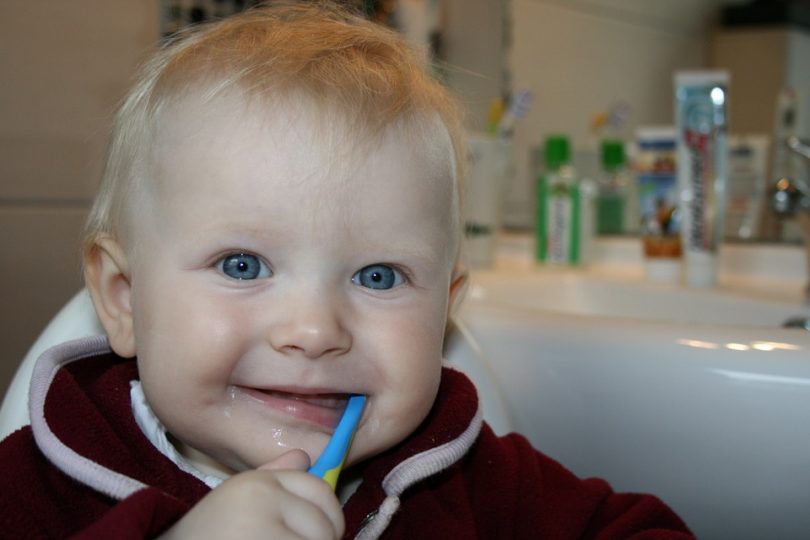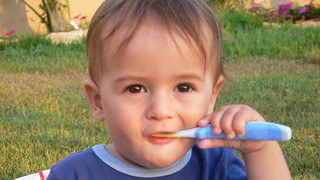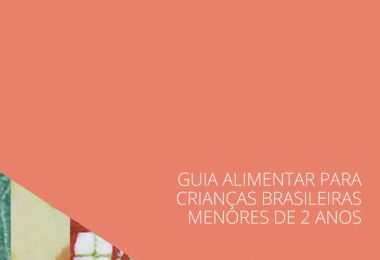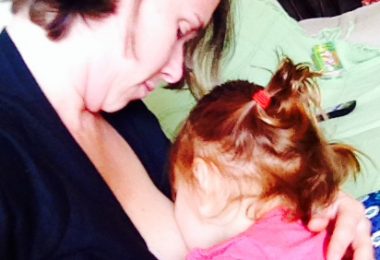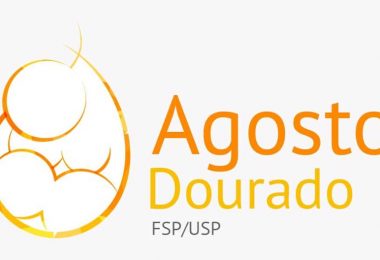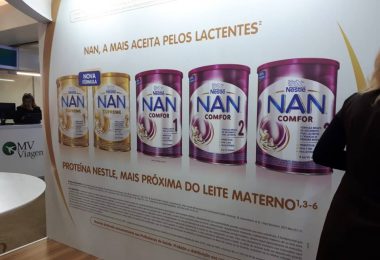Informações adicionais:
Taking Care of Your Breastfed Baby’s Teeth by Amy Peterson BS, IBCLC, and Scott Chandler, DMD
Breastfeeding and tooth decay from the Australian Breastfeeding Association
Breastfeeding and Dental/Oral Health from La Leche League GB
Early Childhood Caries: New Knowledge Has Implications for Breastfeeding Families, by Anne Altshuler, RN, MS, IBCLC, from LEAVEN, Vol. 42 No. 2, April-May-June 2006, pp. 27-31.1.
La Leche League International articles: Breastfeeding and Dental Health
Big Bad Cavities: Breastfeeding Is Not the Cause by Lisa Reagan, from Mothering Issue 113, July/August 2002
Infant Dental Decay – Is it related to Breastfeeding? by Brian Palmer, DDS These are the notes for one of Dr. Palmer’s slide presentations.
Breastfeeding and Infant Caries: No Connection by Brian Palmer, DDS Published in: ABM NEWS and VIEWS, The Newsletter of The Academy of Breastfeeding Medicine, 2000, Vol. 6, No. 4 (Dec), p27 & 3
Very Young Kids Teeth – Yahoo email group for parents to share experience and information about dealing with issues with their young children’s teeth and dental health. (Mainly ages 0 to 6 years – the preschool years).
Breastfeeding and Dental Health by Janna L. Cataldo, MD
Referências:
Breastfeeding and Dental Caries: Selected Bibliography from the LLLI Center for Breastfeeding Information
Nunes AM, da Silva AA, Alves CM, Hugo FN, Ribeiro CC. Factors underlying the polarization of early childhood caries within a high-risk population. BMC Public Health. 2014 Sep 22;14:988. doi: 10.1186/1471-2458-14-988.
Breastfeeding and Dental Caries: Looking at the Evidence by Valerie Lavigne, DC, IBCLC, RLC, from Clinical Lactation, Volume 4, Number 1, 2013, pp. 12-16(5).
Nunes AM, Alves CM, Borba de Araújo F, Ortiz TM, Ribeiro MR, Silva AA, Ribeiro CC. Association between prolonged breast-feeding and early childhood caries: a hierarchical approach. Community Dent Oral Epidemiol. 2012 Dec;40(6):542-9. doi: 10.1111/j.1600-0528.2012.00703.x.
Iida H, Auinger P, Billings RJ, Weitzman M. Association Between Infant Breastfeeding and early Childhood Caries in the United States. Pediatrics 2007, 120:944–952. 10.1542/peds.2006-0124
Kramer MS, Vanilovich I, Matush L, Bogdanovich N, Zhang X, Shisko G, Muller-Bolla M, Platt RW. The Effect of Prolonged and Exclusive Breast-feeding and Dental Caries in Early School-Age Children. Caries Res 2007, 41:484–488. 10.1159/000108596
Rosenblatt A, Zarzar P. Breast-feeding and early childhood caries: an assessment among Brazilian infants. Int J Paediatric Dentistry 2004, 14:439–445. 10.1111/j.1365-263X.2004.00569.x
Palmer; B. Breastfeeding and infant caries: No connection. ABM News and Views 2000; 6(4): 27,31.
Valaitis, R et al. A systematic review of the relationship between breastfeeding and early childhood caries. Can J Public Health. 2000 Nov-Dec;91(6):411-7.
Oulis CJ, Berdouses ED, Vadiakas G, Lygidakis NA. Feeding practices of Greek children with and without nursing caries. Pediatr Dent. 1999 Nov-Dec;21(7):409-16.
Slavkin HC. Streptococcus mutans, early childhood caries and new opportunities. J Am Dent Assoc. 1999 Dec;130(12):1787-92.
Erickson PR, Mazhari E. Investigation of the role of human breast milk in caries development. Pediatr Dent. 1999 Mar-Apr;21(2):86-90.
Erickson PR, McClintock KL, Green N, et al. J. Estimation of the caries-related risk associated with infant formulas. Pediatr Dent 1998;20:395-403.
Palmer B. The Influence of Breastfeeding on the Development of the Oral Cavity: A Commentary. J Hum Lact 1998;14:93-98.
Sinton J et al. A systematic overview of the relationship between infant feeding caries and breastfeeding Ont Dent. 1998 Nov;75(9):23-7.
Weerheijm KL et al. Prolonged demand breastfeeding and nursing caries. Caries Res. 1998;32(1):46-50.
Berkowitz R. Etiology of nursing caries: a microbiologic perspective. J Public Health Dent. 1996 Winter;56(1):51-4.
Mandel ID. Caries Prevention: Current Strategies, New Directions. JADA 1996;127:1477-88.
Wendt LK et al. Analysis of caries-related factors in infants and toddlers living in Sweden. Acta Odont Scand 1996; 54(2):131-37.
Hallonsten AL, Wendt LK, Mejare I, et al. Dental caries and prolonged breast-feeding in 18-month-old Swedish children. Int J Paediatr Dent 1995;5(3):149-55.
Aaltonen AS and Tenovuo J. Association between mother-infant salivary contacts and caries resistance in children: a cohort study. Ped Dentistry 1994; 16(2):110-16.
Roberts GJ et al. Patterns of breast and bottle feeding and their association with dental caries in 1- to 4-year-old South African children. 2. A case control study of children with nursing caries. Comm Dent Hlth 1994; 11:38-41.
Roberts GJ et al. Patterns of breast and bottle feeding and their association with dental caries in 1- to 4-year-old South African children. 1. Dental caries prevalence and experience. Comm Dent Hlth 1993; 10:405-13.
Torney PH, Prolonged, On-Demand Breastfeeding and Dental Decay: An Investigation. Unpublished MDS Thesis. 1992 Dublin.
Alaluusua S et al. Prevalence of caries and salivary levels of mutans streptococci in 5-year-old children in relation to duration of breastfeeding. Scan J Dent Res 1990; 98(3):193-96.
Alaluusua S, Myllarniemi S, Kallio M, Salmenpera L, Tainio VM. Prevalence of caries and salivary levels of mutans streptococci in 5-year-old children in relation to duration of breast feeding. Scand J Dent Res. 1990 Jun;98(3):193-6.
Woolridge M and Baum JD. The regulation of human milk flow. Perinatal Nutrition, Vol 6, ed. BS Lindblad. London: Academic Press, 1988.
Woolridge M. Anatomy of infant sucking. Midwifery 2: 164-171, 1986.
Rugg-Gunn AJ, Roberts GJ, Wright WG. Effect of human milk on plaque pH in situ and enamel dissolution in vitro compared with bovine milk, lactose, and sucrose. Caries Res. 1985;19(4):327-34.
Effert FM, Gurner BW. Reaction of human and early milk antibodies with oral streptococci. Infect Immun 1984;44:660-64.
Arnold RR et al. A bactericidal effect for human lactoferrin. Science, July 15 1977; 197(4300):263-65.
McDougall W. Effect of milk on enamel demineralization and remineralization in vitro. Caries Res 1977;11:166-72.

